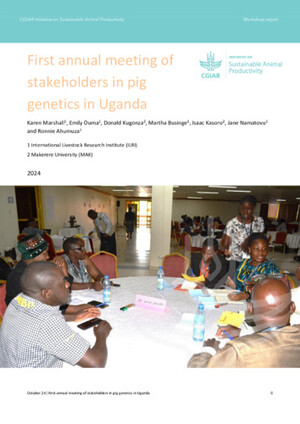
Discordances between morphological systematics and molecular taxonomy in the stem line of equids: A review of the case of taxonomy of genus Equus
Abstract
This paper revises the evolutionary history of the stem root of the genus Equus from Eocene period (54 million years before present, MYBP) to present. It also assesses molecular taxonomy and evolutionary relationships of this line since the first appearance of fossil records in terrestrial deposits. Combining these two lines of evidences, we outline a more informative and consensus phylogeny in a more understandable context. We also compare and contrast evolutionary histories and phylogenetic relationships of equids inferred from paleontological as well as varieties of molecular data and their implications. Using pair-wise coalescence time estimates, we draw a consensus speciation order in the stem root of the genus Equus. With the help of molecular data, we suggest the reasons for enigmatic speciation events between asses and zebras as well as the backgrounds for genetic dissimilarities between hemiones of Asia and asses of Africa regardless their phenotypic similarities. Based on the evidences from molecular data and review of late Pleistocene megafauna extinction in the Americas, we believe that horses were certainly domesticated in the Eurasian Steppe or elsewhere that survived late Pleistocene megafauna's extinction than in the Americas. We discuss the true wild horse that was involved in horse domestication processes in line with recent evidences that unraveled multi-geographic origins and multi-maternal lineages in the present day domestic horses.
Citation
Kefena, E., Mekasha, Y., Han, J.L., Rosenbom, S., Haile, A., Dessie, T. and Beja-Pereira, A. 2012. Discordances between morphological systematics and molecular taxonomy in the stem line of equids: A review of the case of taxonomy of genus Equus. Livestock Science 143(2-3): 105-115










